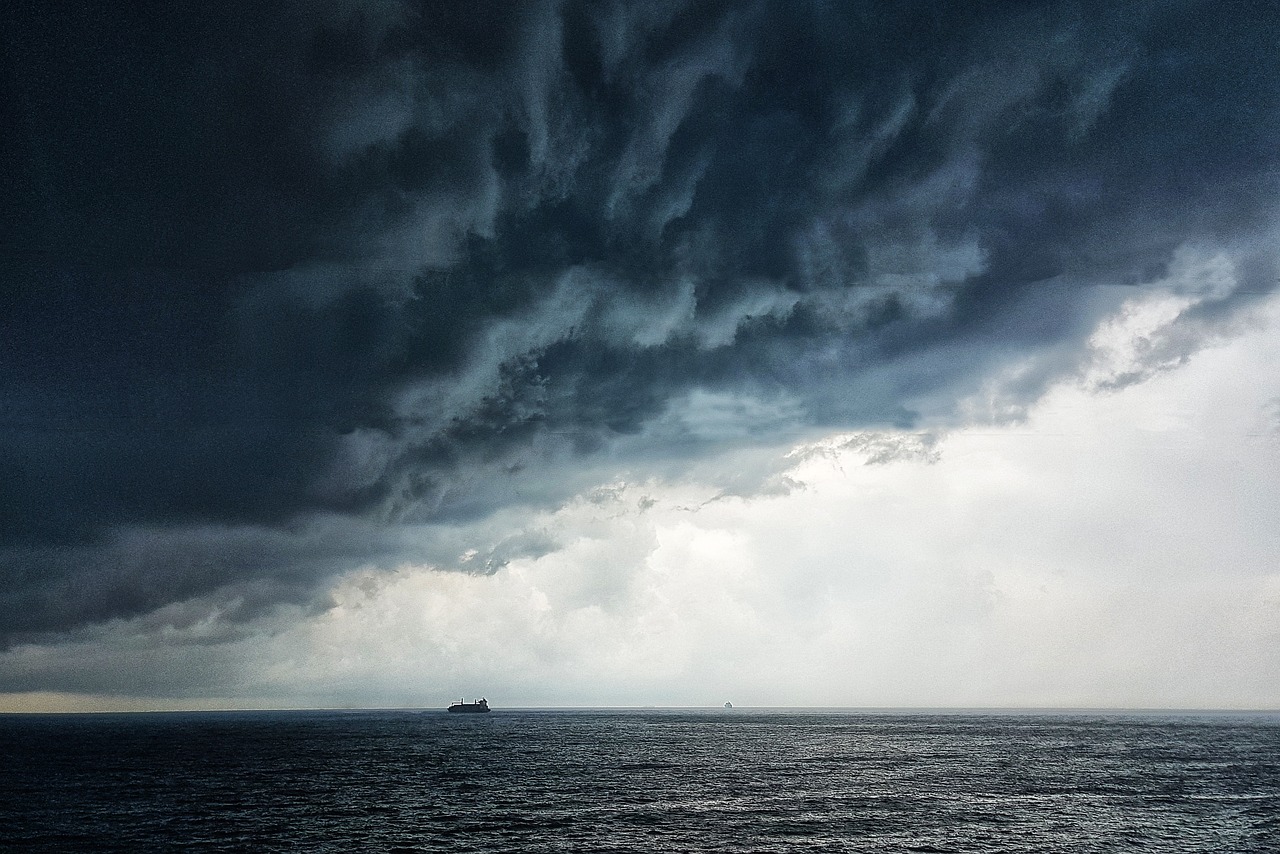
With COP29 now in full swing, world leaders and climate advocates are setting their sights on a crucial mission: boosting climate finance to tackle global environmental and social challenges head on.
COP29 remains one of the most important avenues where hard questions about who pays, how much, and in what form will finally (and hopefully) get some answers. In this edition of Arowana Insights, we present a breakdown of the most salient issues and the crucial moves needed to bolster funding towards genuine climate action.
Will COP29 kick off a new course of climate action for the world?
Remember the US$100bn climate finance goal set in 2009? It was like promising a trickle when the world needed a flood. Though developed nations eventually met that goal in 2022, it fell woefully short of the trillions actually required. Enter the New Collective Quantified Goal (NCQG), COP29’s shot at a much-needed upgrade. The goal isn’t simply to raise more money; it’s about building resilience for countries bearing the brunt of climate change.
Agreeing on a number to work towards has also yielded a diversity of opinions. Developing nations insist they need significant support to handle new environmental realities, while wealthier countries are cautious about stretching the goal too far. Thus, the challenge is to find a balance that is both ambitious and achievable – one that meets the needs of countries most vulnerable to the perils of a changing climate.
When it comes to funding, the tug-of-war is real. Developing nations argue they’re dealing with the worst of climate impacts and deserve robust financial backing. On the other hand, developed nations, while recognising the need, are wary about footing a limitless bill. To add to the drama, there is debate over public versus private funding. Wealthy countries want private investors to pitch in, while developing nations worry private funds alone won’t be enough.
The answer might lie in a multi-source approach. Think of it as a climate finance layer cake, with each layer funded differently. Public funds could support critical adaptation efforts, while private investments – especially in infrastructure – can top off the cake, driving growth in areas with higher investment returns. It’s a compromise, but one that might just serve everyone’s interests.
Money is one thing, but how it’s given matters just as much. Developing countries prefer grants that don’t require repayment, helping them fight climate change without the added burden of debt. Developed nations, however, often view loans and private investments as part of the solution.
To address these concerns, COP29 may explore a hybrid model: grants for urgent needs such as disaster resilience and concessional loans for larger, long-term projects. It’s about striking the right balance by supporting countries without setting them back further financially.
If the climate clock had a snooze button, then it would be broken. With extreme weather on the rise, the need for an accountable framework has become more urgent than ever. And with the possibility of political tensions in different parts of the world escalating, there’s now a stronger push than ever for an agreement that withstands the winds of political change.
This time around, the call is for solid accountability measures. Clear timelines, mandatory reporting, and potential penalties are on the table. These mechanisms aren’t just bureaucratic boxes to tick; they’re essential tools to ensure climate finance commitments are met and delivered whenever and wherever they’re needed the most.
Climate finance isn’t also about just cutting emissions. For vulnerable countries, it’s also about preparing for – and recovering from – the inevitable. While mitigation funding is still crucial, there’s a growing demand for funds dedicated to adaptation as well as loss and damage.
Adaptation is all about future-proofing – building stronger infrastructure, supporting resilient agriculture, and fortifying coastlines. Loss and damage, on the other hand, is about compensating countries for irreparable climate-related losses. It’s one of the thorniest issues on the table, as developed countries fear it may expose them to liability claims. COP29’s answer could involve a separate, flexible fund for loss and damage, a financial lifeline that doesn’t detract from broader climate finance goals.
Setting a new climate finance framework at COP29 isn’t just a challenge; it’s a pivotal opportunity. Here are some of the game-changing ideas on the table:
COP29 has the power to change the climate finance game. If delegates can reach a consensus on key issues such as funding sources, financing forms, and transparency, COP29 could mark a watershed moment for vulnerable nations on the frontlines of climate risk management. It’s a chance to go beyond old promises and put real financial backing behind climate resilience.
The decisions made at COP29 will influence everything from how nations adapt to rising sea temperatures to how farmers protect crops against unpredictable weather. More than just setting new climate finance targets, COP29 is about laying down the financial backbone for a future where even the most vulnerable nations have the resources they need to face the climate challenge. By bridging funding gaps, ensuring accountability, and fostering collaboration, COP29 could transform climate finance from an aspiration into genuine and concrete action, and from promises into practical solutions.